
Breakthroughs in Renewable Energy Technology and Sustainability
Renewable energy technology and sustainability have become increasingly important in recent years, as the world shifts towards a more eco-friendly and environmentally conscious approach to energy production and consumption. Renewable energy is no longer just a niche market, but a rapidly growing industry that is transforming the way we live and work. In this article, we will explore the latest breakthroughs in renewable energy technology and sustainability, and how they are revolutionizing the future of energy production and consumption.
Solar Power: The Leading Source of Renewable Energy

Solar power is one of the most popular and widely used forms of renewable energy. The cost of solar panels has decreased dramatically in recent years, making it more accessible to individuals and businesses. Solar power is not only a clean and renewable source of energy, but it also provides energy independence and can help reduce energy bills. Advances in solar panel technology have also led to increased efficiency and durability, making it a more viable option for both residential and commercial use.
Wind Power: A Close Second to Solar Power
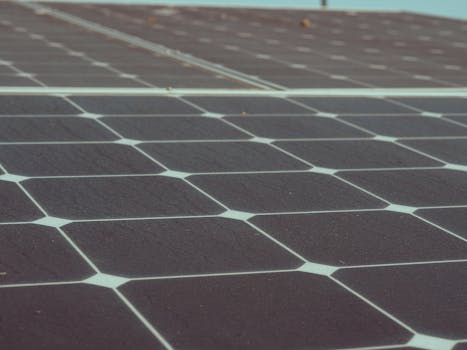
Wind power is another leading source of renewable energy. Wind turbines have become increasingly efficient and can generate significant amounts of electricity. Wind power is particularly suited to coastal areas and open plains, where the wind is strongest. Advances in wind turbine technology have also led to increased efficiency and reduced noise pollution, making it a more attractive option for both onshore and offshore wind farms.
Hydro Power: The Oldest Form of Renewable Energy
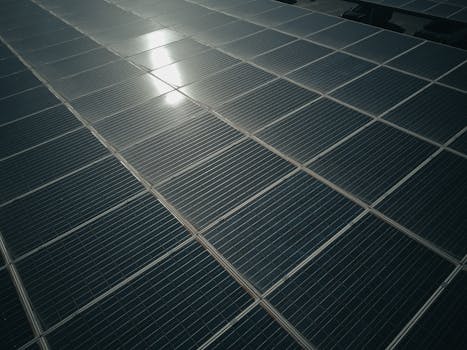
Hydro power is one of the oldest forms of renewable energy. Hydroelectric power plants have been in operation for over a century and are still one of the most efficient forms of energy production. Hydro power is particularly suited to areas with significant water resources, such as rivers and lakes. Advances in hydroelectric turbine technology have also led to increased efficiency and reduced environmental impact, making it a more viable option for both existing and new hydroelectric power plants.
Geothermal Energy: The Hidden Gem of Renewable Energy
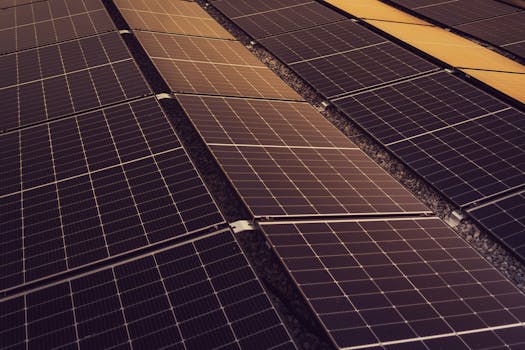
Geothermal energy is a lesser-known but rapidly growing form of renewable energy. Geothermal power plants use heat from the Earth’s core to generate electricity. Geothermal energy is particularly suited to areas with significant volcanic activity, such as Iceland and Hawaii. Advances in geothermal technology have also led to increased efficiency and reduced environmental impact, making it a more viable option for both existing and new geothermal power plants.
Energy Efficiency: The Key to a Sustainable Future
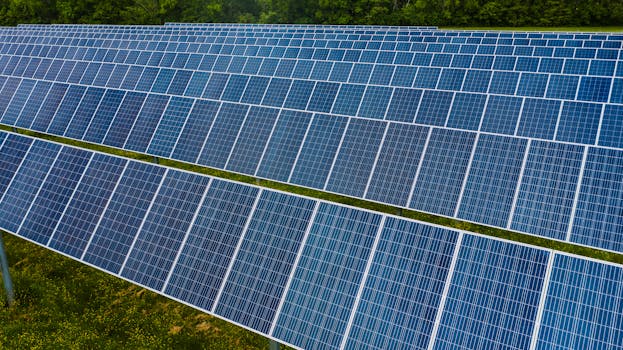
Energy efficiency is critical to a sustainable future. Reducing energy consumption through efficient appliances, lighting, and insulation can significantly reduce greenhouse gas emissions and help mitigate climate change. Energy efficiency is not only good for the environment, but it can also help reduce energy bills and improve the overall quality of life. Advances in energy-efficient technologies have also led to increased adoption and reduced costs, making it a more viable option for both residential and commercial use.
Conclusion
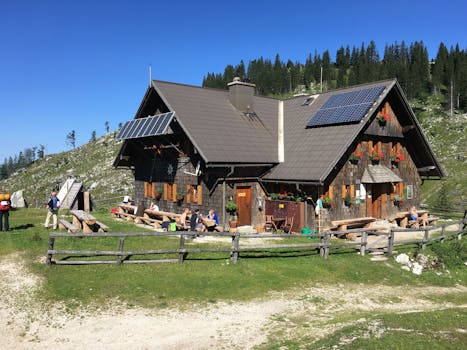
In conclusion, breakthroughs in renewable energy technology and sustainability are transforming the way we live and work. From solar power to geothermal energy, there are many forms of renewable energy that can help reduce our reliance on fossil fuels and mitigate climate change. Renewable energy is no longer just a niche market, but a rapidly growing industry that is revolutionizing the future of energy production and consumption. As technology continues to advance and costs decrease, we can expect to see even more widespread adoption of renewable energy sources and sustainable practices.





1 thought on “Revolutionizing the Future: Breakthroughs in Renewable Energy Technology and Sustainability”
Comments are closed.